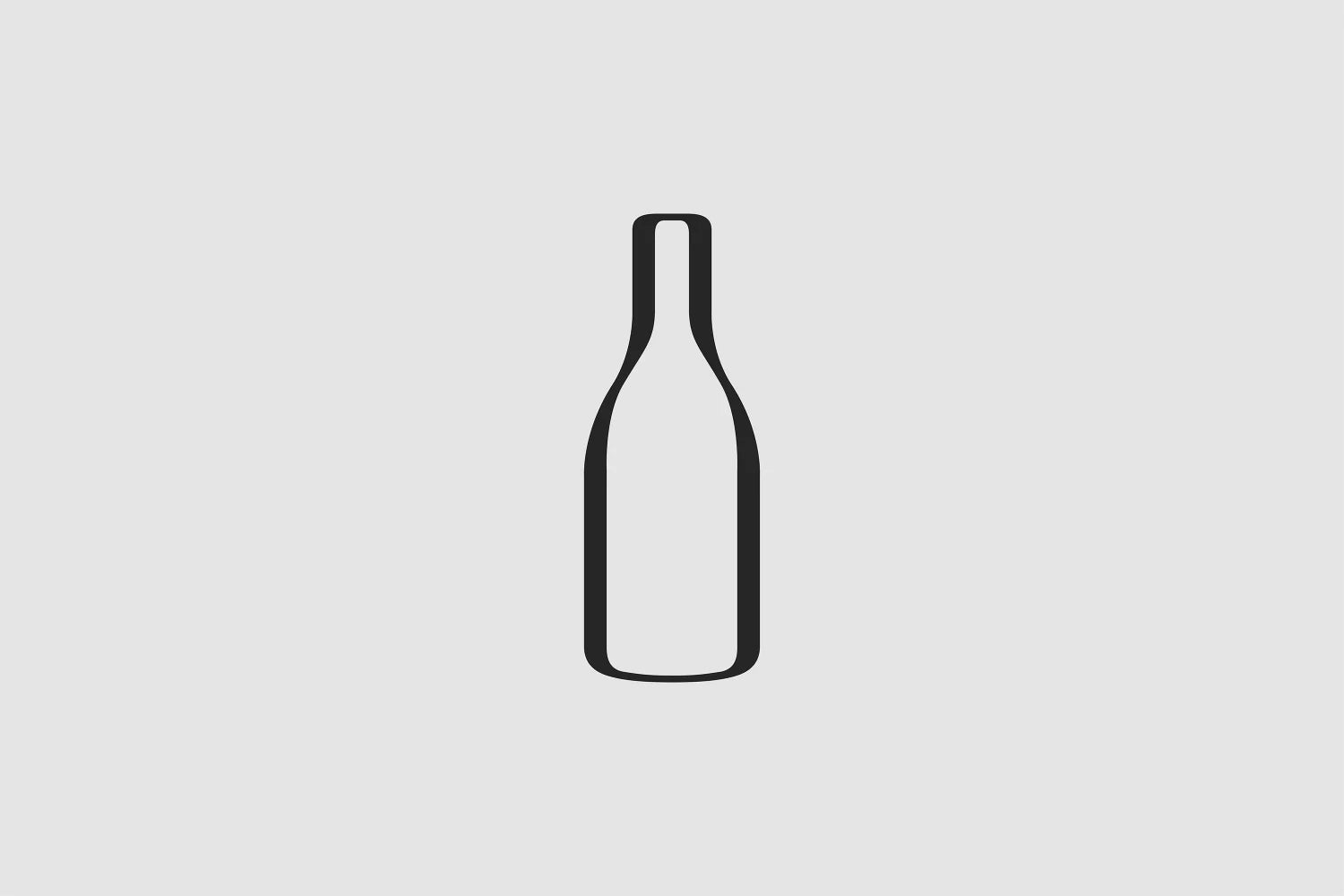Bruno Clair’s Grand Cru Bonnes-Mares is the luxury wine equivalent of playing the long game: It’s a mental battle of fortitude, patience, and persistence that, in due time, will deliver a sensory payload of epic proportions. Open it tomorrow and you’ll be satisfied. Open it in five years, and you’ll be mesmerized. But open it beyond 2030 or ’40 and you’ll swear it’s among the most visceral, profound, and emotionally stirring Pinot Noirs one can experience.
Of course, all this would be irrelevant without a hallowed terroir and one of Burgundy’s greatest visionaries at the helm; that’s why the global allure of Bruno Clair’s Bonnes-Mares extends far beyond “Grand Cru” nomenclature. Not only is this one of the few Grand Cru vineyards that have shrunk in size (which has only made it rarer and more sought-after), but it’s also located entirely in the northern stretch of legendary Chambolle-Musigny—except for a 1.6-hectare sliver that bleeds into neighboring Morey-Saint-Denis. This treasured slice is entirely owned by Domaine Bruno Clair. What’s more, his vines here run the length of Bonnes-Mares’ slope, so what you’re getting in this momentous Pinot Noir is a fully comprehensive snapshot into one of the world’s most revered Grand Cru sites. We rarely get to taste these wines, let alone own them, so if you have the means to acquire 1-2 bottles today, we strongly suggest you take advantage of this limited opportunity by making them long-term centerpieces of your cellar.
When Bruno Clair’s pair of micro-produced Grand Crus (Bonnes-Mares; Chambertin-Clos de Bèze) emerge onto the market, they’re snatched up with alacrity and buried deep in the cellars of the savviest private collectors and Michelin-starred restaurants. If you are looking to add a wine to your collection that will exponentially appreciate in value and quality over many years to come, this 2016 Bonnes-Mares is the golden ticket. If you’re keen on scores, by all means, go check them out.
Bruno’s grandfather, Joseph, established the historic, now defunct Domaine Clair-Daü in Marsannay just after the First World War. In the ’80s, familial division saw the estate split into four parts, but Bruno still emerged with some seriously prime real estate. Today, he runs over half of the original Clair-Daü estate, which includes choice parcels in Grand Crus Bonnes-Mares and Chambertin-Clos de Bèze! Bruno himself is a viticulturist first and foremost, known for detailed, arduous work in his vineyards Although not certified, he farms organically without the use of any chemical fertilizers. He composts and plows the soils, maintains low yields, and seemingly knows the health of each vine on his estate. His hand-harvested fruit is meticulously sorted and some stems are left intact, around 20% for today’s Bonnes-Mares.
In the cellar, Bruno works closely with longtime enologist/right hand Philippe Brun to craft wines traditionally with the ultimate respect for vintage and site. Fermentation takes place in open-top wooden vats and is achieved through only natural yeasts. The wine is ‘punched down’ regularly over a two- to three-week cuvaison (maceration on the skins during fermentation), then transferred to oak where it undergoes malolactic fermentation in the spring. The wine is then racked and continues to age in roughly 40% new oak for no less than 18 months.
In a world of heavy-handed, modern-styled wines, Bruno Clair’s bottlings capture the subtlety, finesse, and sense of place that only the greatest Burgundies achieve. His wines are not crafted to be pop and pours—they are rare expressions of elite, meditative Burgundy meant to be aged properly and then opened on the most special occasions. His 2016 Bonnes-Mares is a Pinot Noir that perfectly harnesses grace and power, resulting in a palate filled with immense concentration and muscled layers of dark fruit and haunting minerality. If consuming now, decant it for multiple hours and drink over two days. The ideal play, however, is to lock it up in your darkest, coolest spot and throw away the key for at least 5-10 years, although it’ll evolve for well over 20. This is one of the world’s true rarities. Enjoy!






